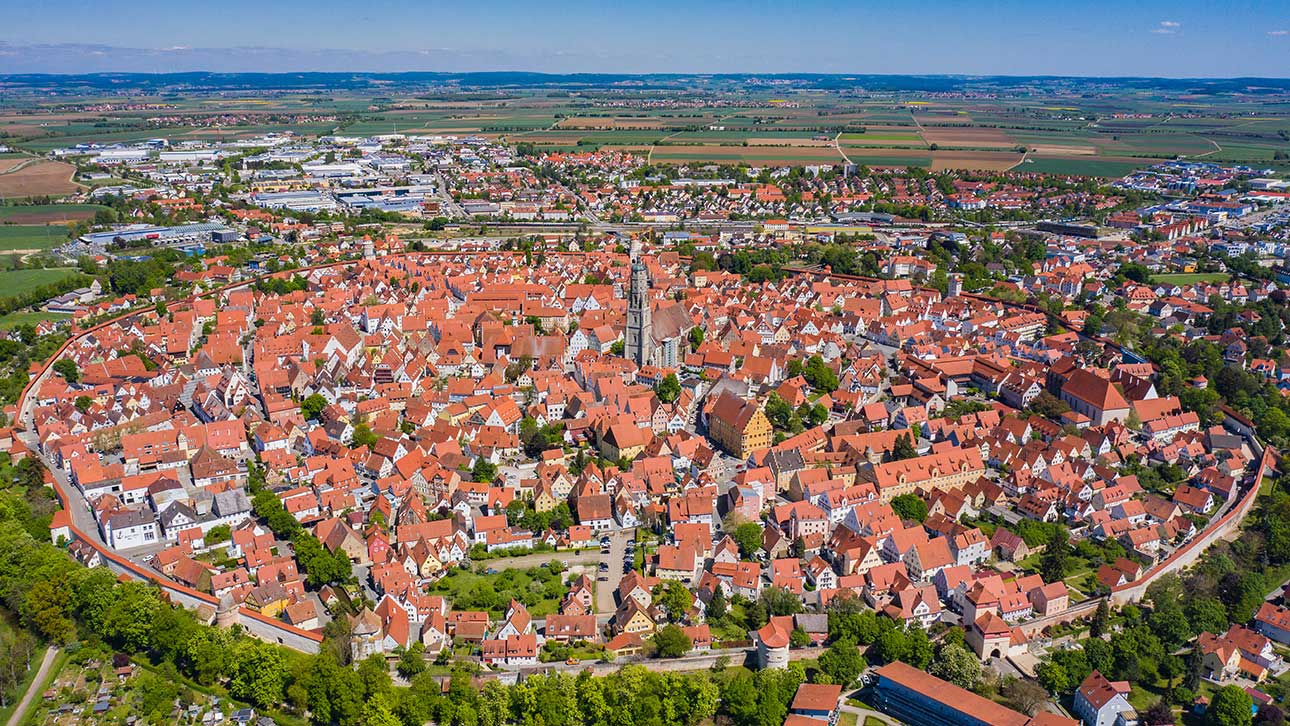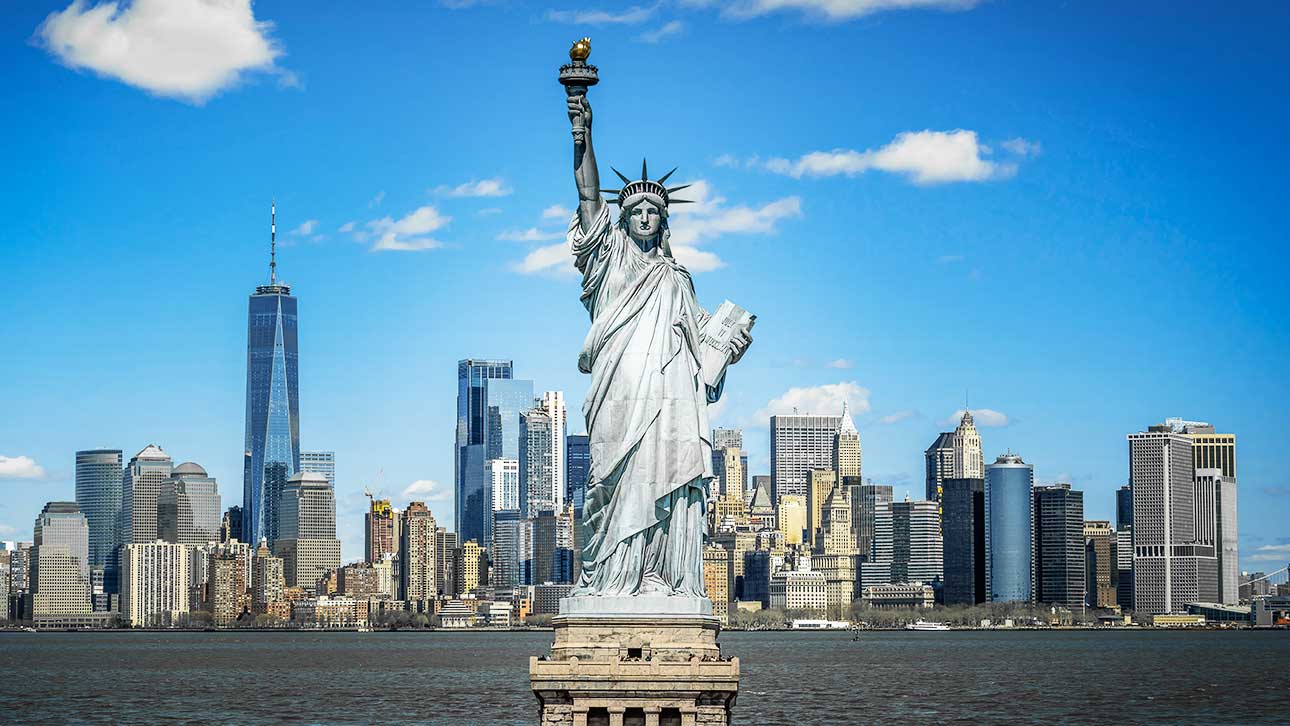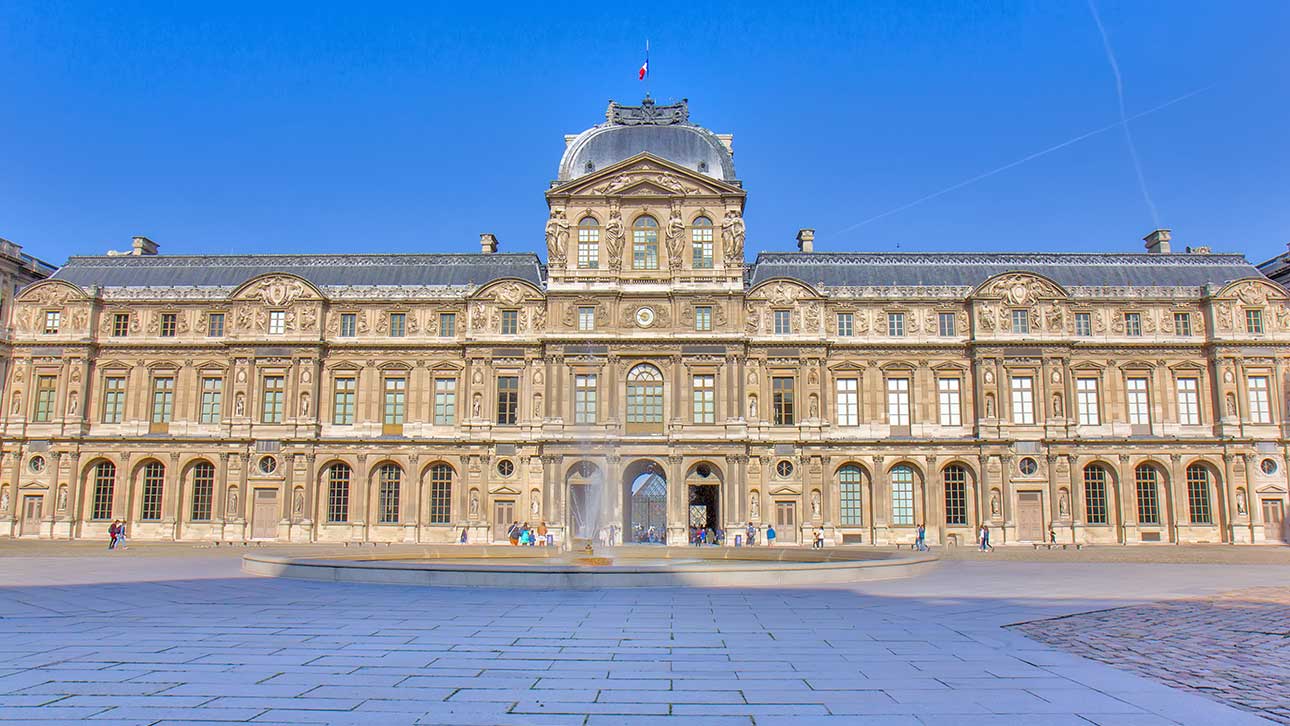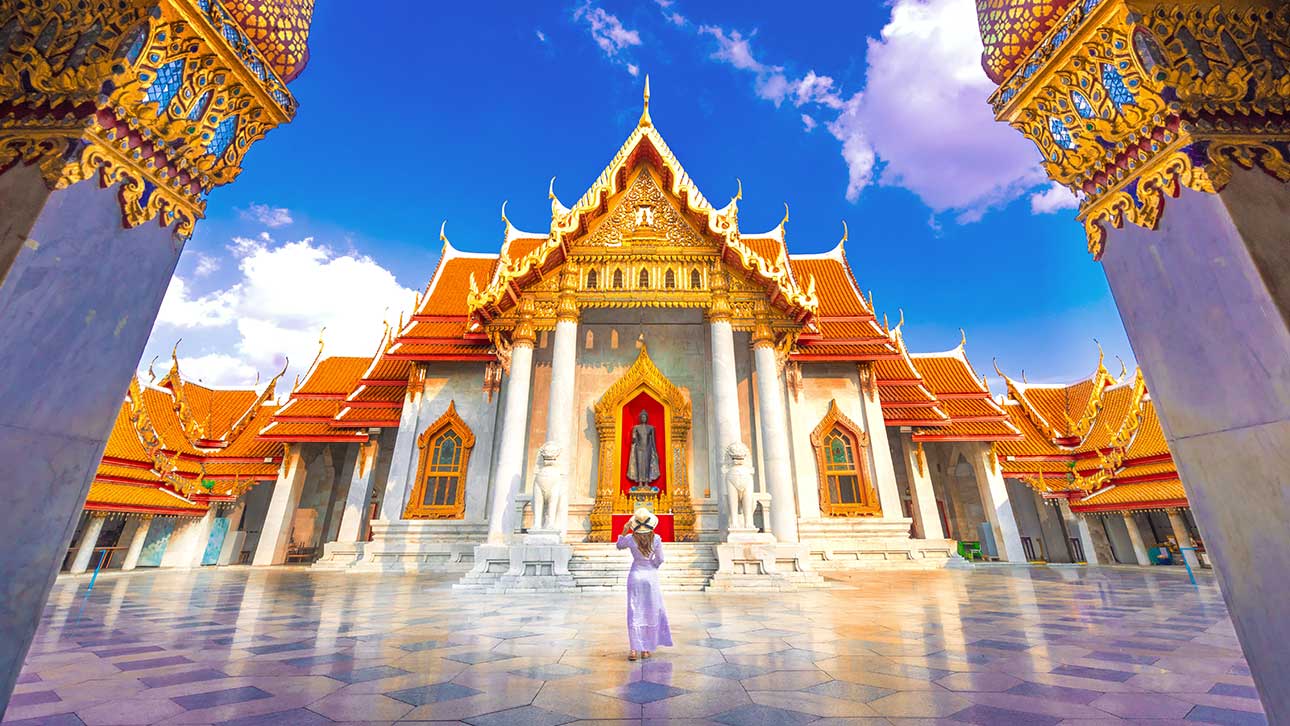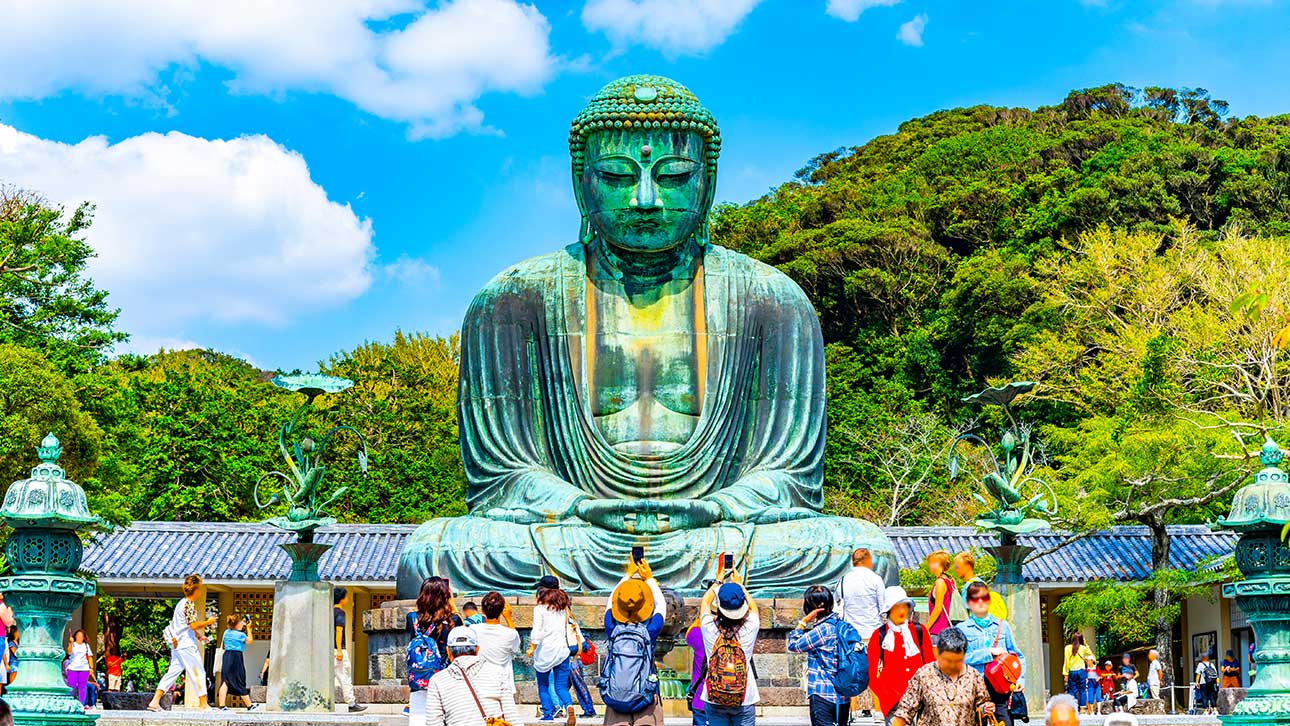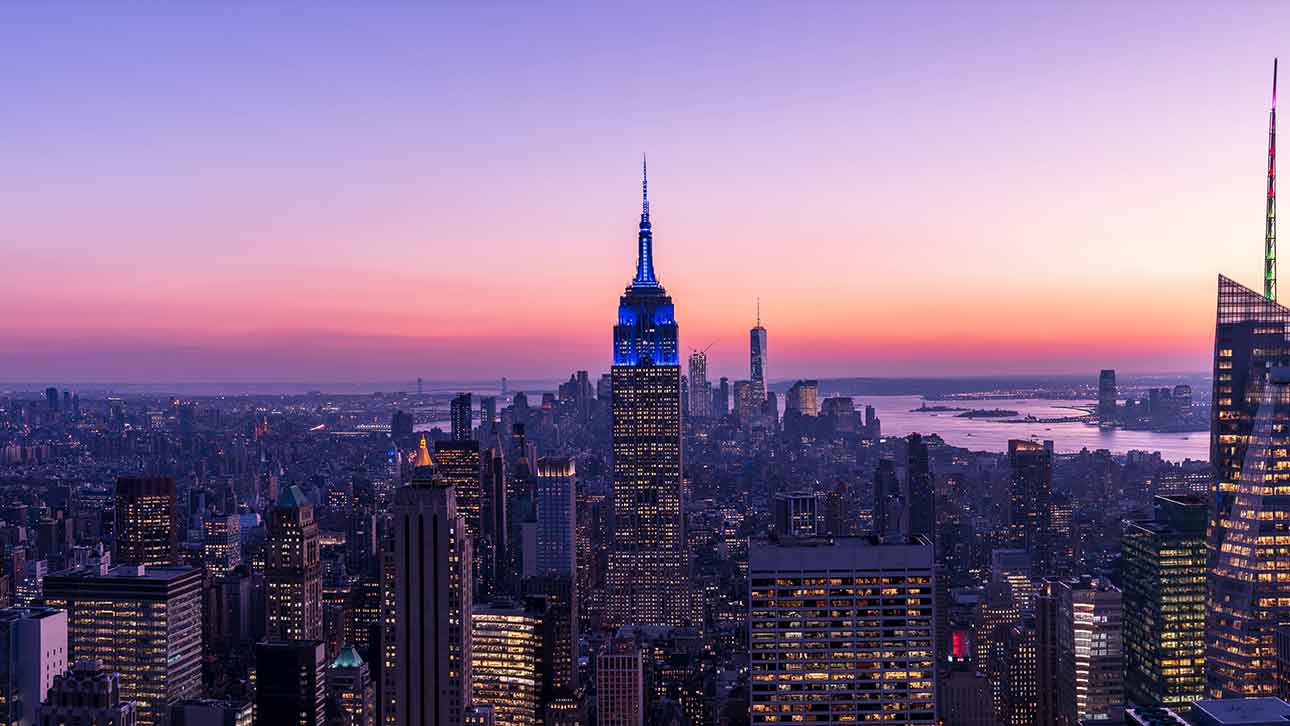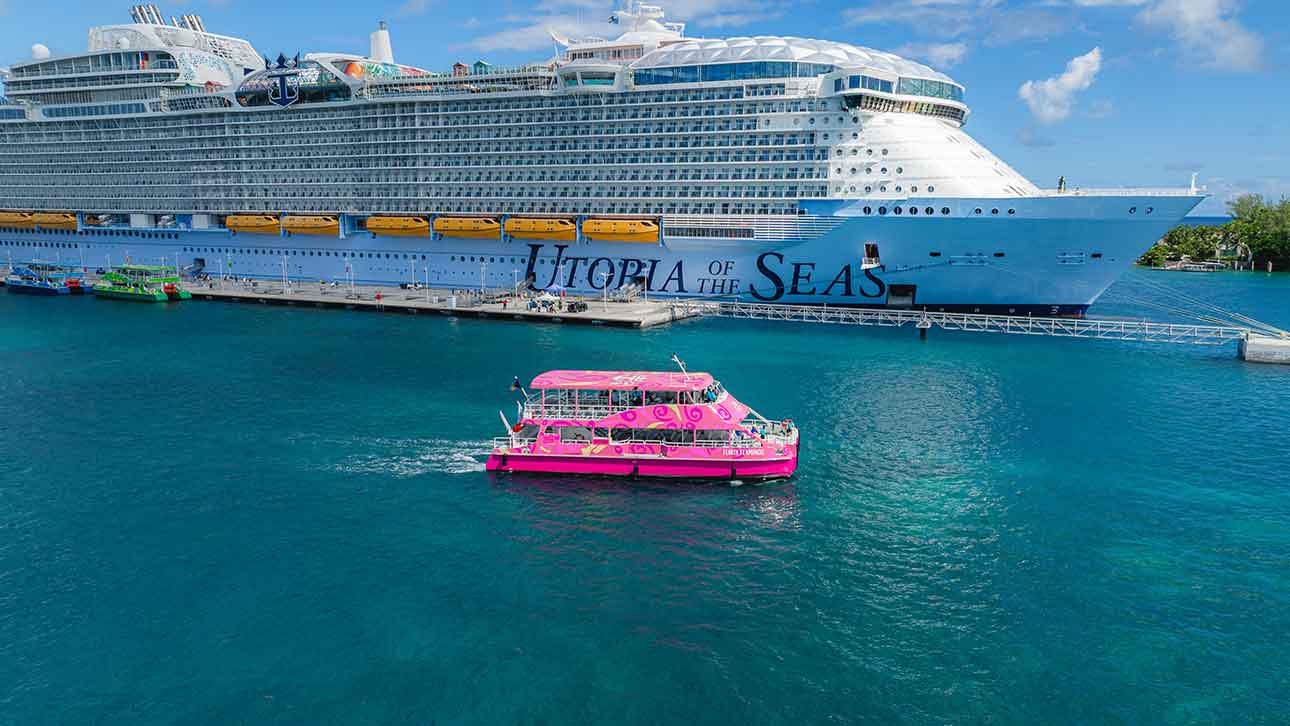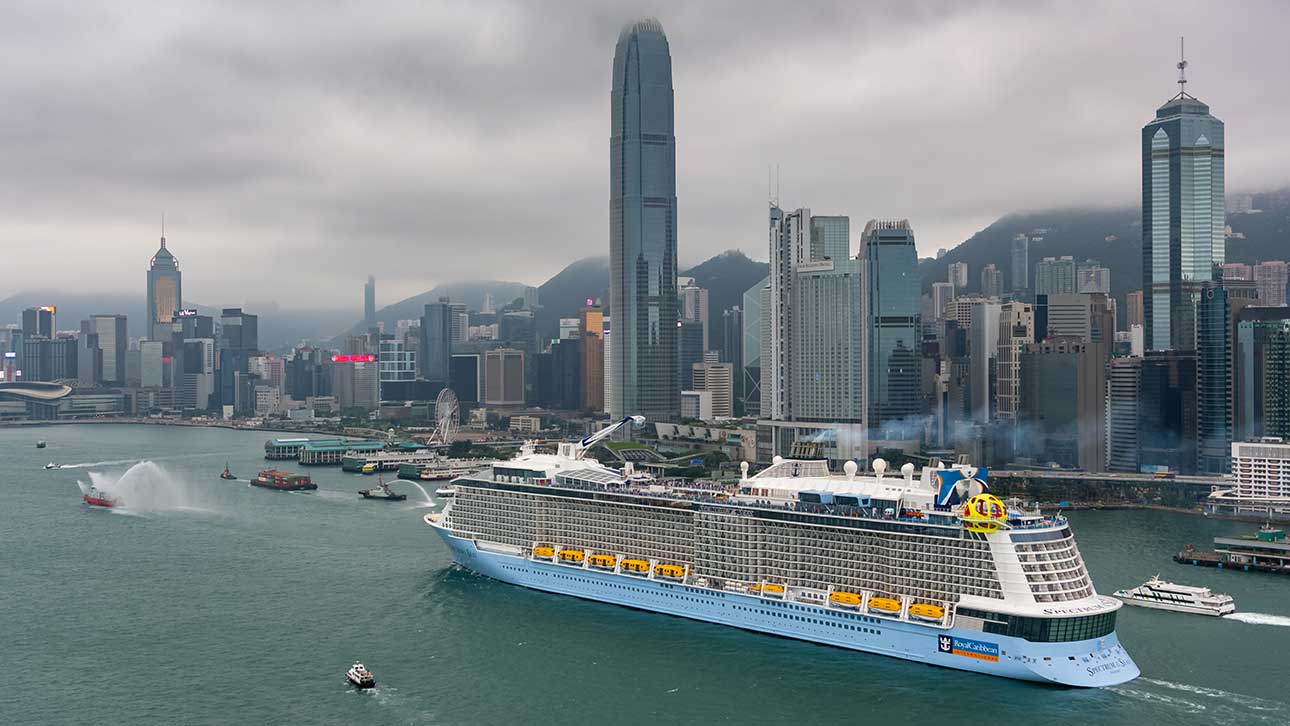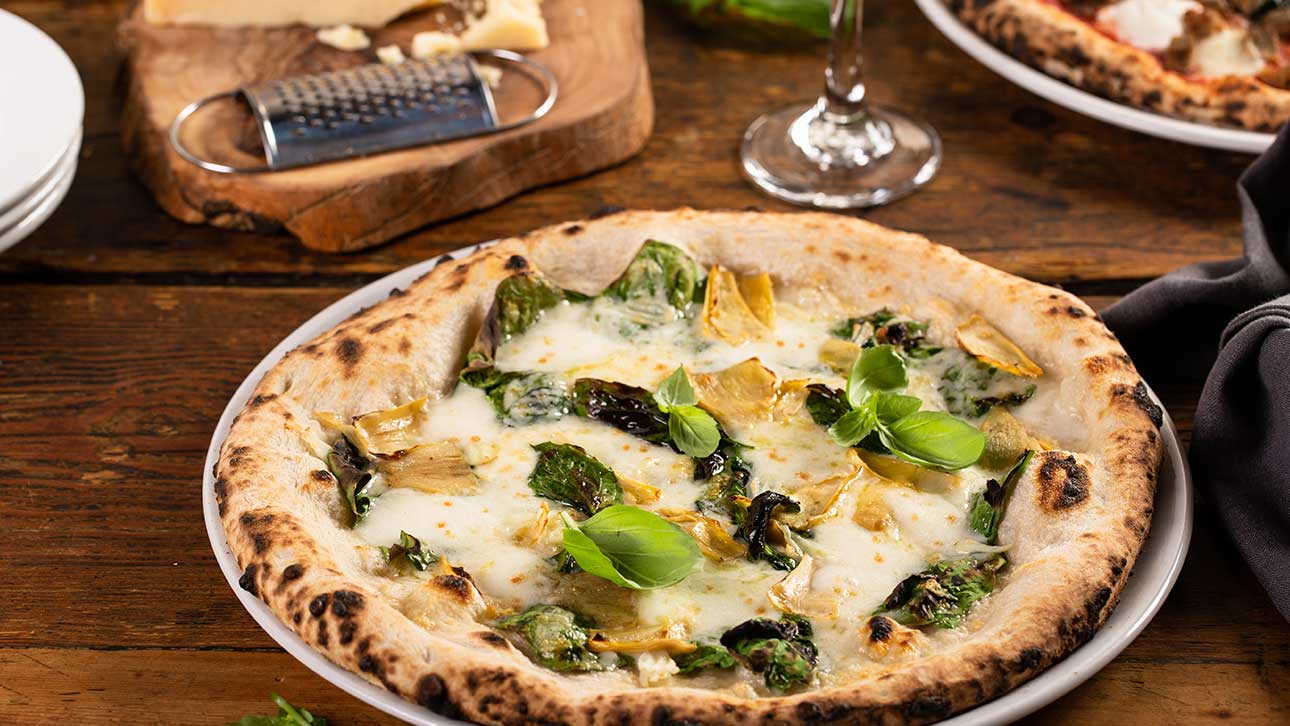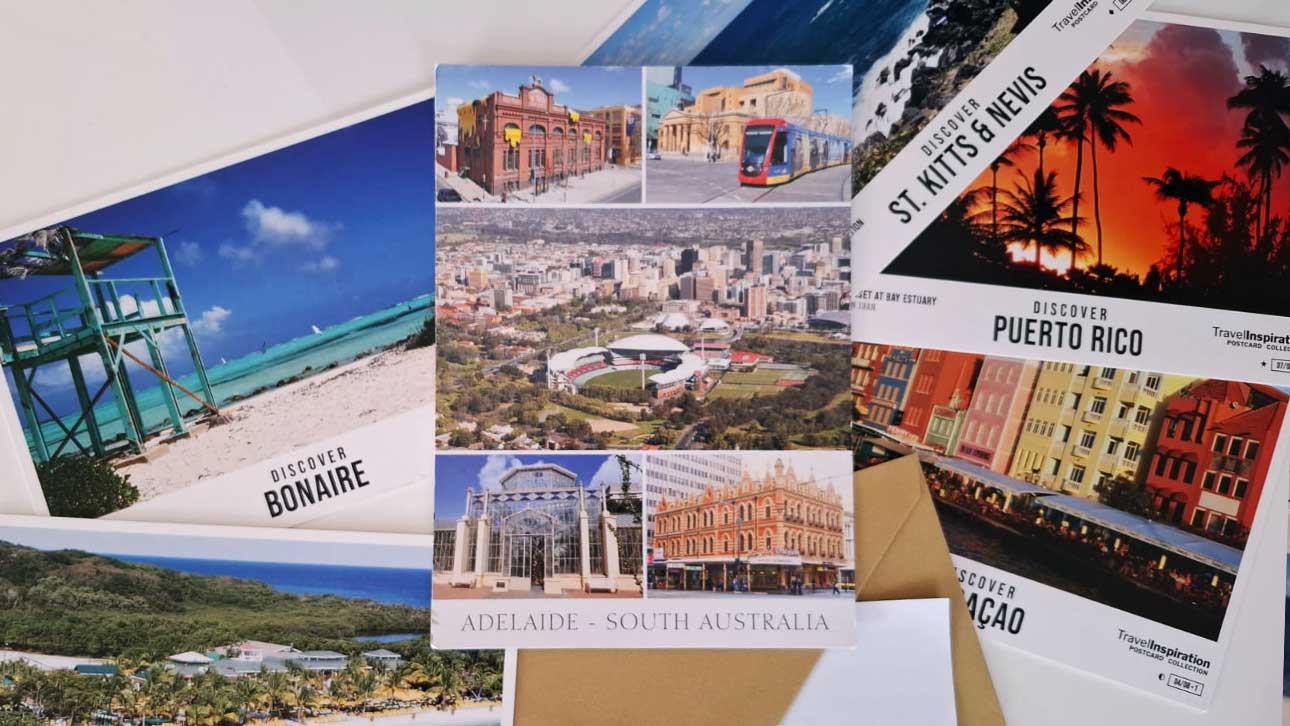Nestled in the heart of Paris, the Louvre Museum stands as a testament to the enduring beauty of human creativity and expression!
Among its countless treasures, paintings hold a special place, offering a glimpse into the minds of some of history's greatest artists. As you wander through the grand halls of this iconic institution, you'll find yourself captivated by the sheer magnificence of the masterpieces adorning its walls. Here, we embark on a journey to uncover the most famous paintings in the Louvre, each a marvel in its own right.
1. Leonardo da Vinci's "Mona Lisa"
No list of iconic paintings would be complete without mentioning the enigmatic smile of the "Mona Lisa." Painted by the legendary Leonardo da Vinci in the early 16th century, this masterpiece continues to fascinate and intrigue viewers from around the globe. As you stand before her serene gaze, you can't help but be drawn into the mystery that shrouds her identity, making her one of the most recognizable figures in the art world.
2. Eugène Delacroix's "Liberty Leading the People"
A symbol of revolution and freedom, "Liberty Leading the People" by Eugène Delacroix is a tour de force of Romanticism. Painted in the aftermath of the July Revolution of 1830, this monumental canvas captures the spirit of rebellion with its stirring depiction of a female allegory of Liberty leading the people forward. The bold colors and dynamic composition make it an unforgettable sight, evoking the passion and fervor of an era defined by change.
3. Jacques-Louis David's "The Coronation of Napoleon"
Step into the grandeur of Napoleonic France with Jacques-Louis David's monumental masterpiece, "The Coronation of Napoleon." Depicting the crowning of Emperor Napoleon Bonaparte and Empress Joséphine in 1804, this iconic painting is a testament to the power and ambition of one of history's most influential figures. The attention to detail and theatricality of the scene transport you back to a time of pomp and splendor, where empires rose and fell at the whim of a single man.
4. Théodore Géricault's "The Raft of the Medusa"
Prepare to be swept away by the harrowing drama of Théodore Géricault's "The Raft of the Medusa." This monumental masterpiece, painted in the aftermath of a real-life maritime disaster, depicts the struggle for survival of shipwreck survivors adrift at sea. Géricault's intense portrayal of human suffering and resilience serves as a powerful indictment of the failings of authority and the triumph of the human spirit in the face of adversity.
5. Johannes Vermeer's "The Lacemaker"
In a quiet corner of the Louvre, you'll discover the delicate beauty of Johannes Vermeer's "The Lacemaker." This intimate portrait of a young woman absorbed in her craft exemplifies the Dutch master's unparalleled skill in capturing moments of everyday life with exquisite detail and luminosity. As you marvel at the intricate patterns of lace and the play of light and shadow, you'll be transported to a world of quiet contemplation and domestic serenity.
Conclusion:
As we conclude our journey through the Louvre's most famous paintings, we are reminded of the timeless allure of art and its power to transcend boundaries of time and space. Each masterpiece offers a window into the human experience, inviting us to ponder the mysteries of existence and find beauty in the world around us. Whether it's the enigmatic smile of the "Mona Lisa" or the heroic defiance of "Liberty Leading the People," these paintings continue to inspire and captivate audiences, ensuring their place in the annals of art history for generations to come.
Let yourself be inspired for new adventures! Follow Yordan on the social media!     |
Did you enjoy this article?
If you love discovering inspiring stories and unique places, download our free app "Travel Inspiration Magazine" from Google Play! No annoying ads. No distractions. Just pure reading pleasure.
📲 Install from Google Play![Български [BG] Български [BG]](/media/mod_languages/images/bg_bg.gif)
![English [EN] English [EN]](/media/mod_languages/images/en_gb.gif)




